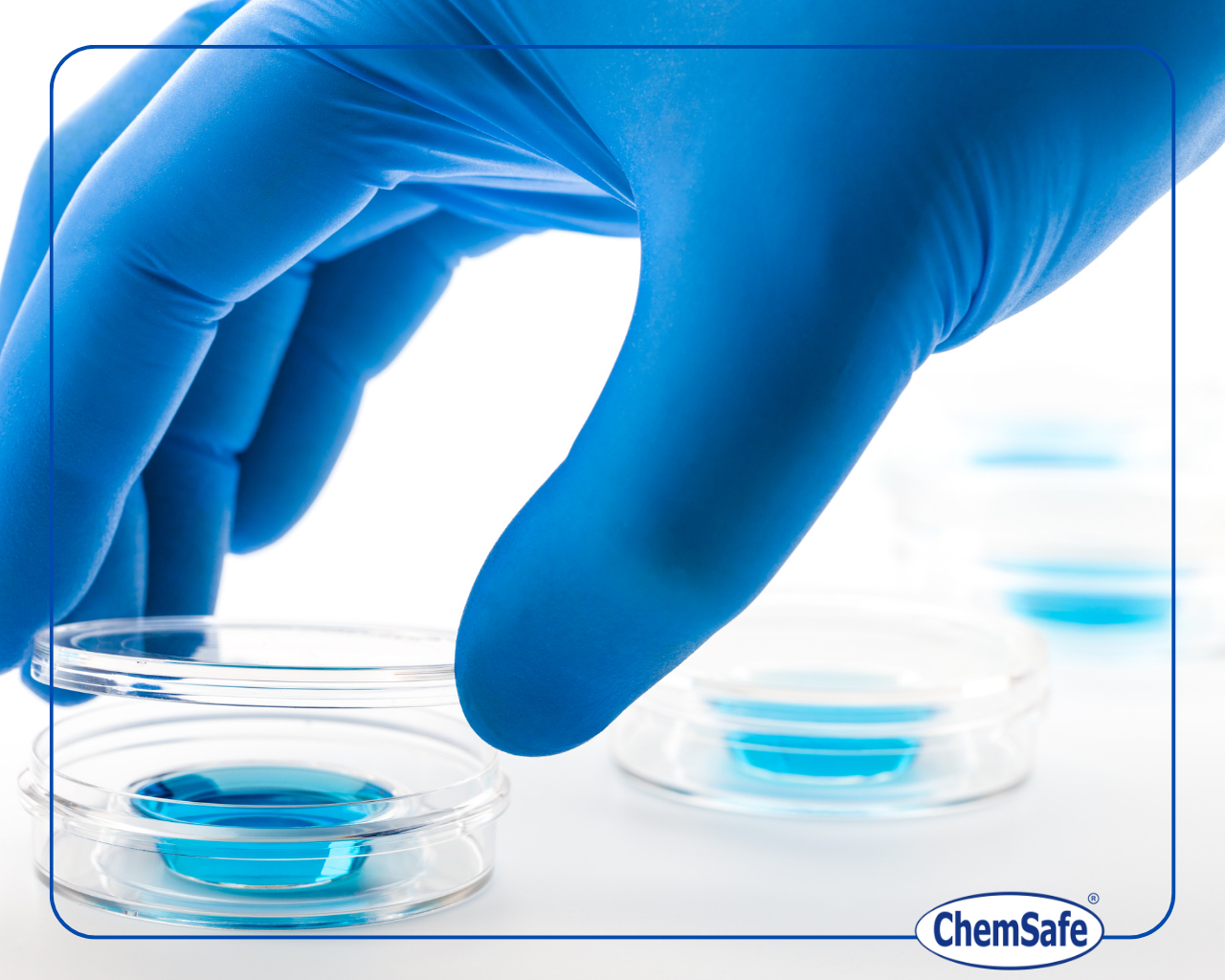In a landmark decision, the European Commission, on December 5, 2023, has officially designated five European Union Reference Laboratories (EURLs). These laboratories are entrusted with a crucial role in the conformity assessment of high-risk in vitro diagnostic medical devices (IVDs), specifically class D devices.
The Role of EURLs
These newly appointed EURLs will play a pivotal role in assessing the compliance of class D IVDs, which include devices for critical health issues like Hepatitis, Retroviruses, Herpesviruses, Bacterial Agents, and life-threatening Respiratory Viruses. In addition to conformity assessment, these laboratories will also provide advisory services to further elevate the standards in this sector.
Transitional Arrangements and Implementation Timeline
The European Commission has thoughtfully included transitional arrangements to facilitate the smooth integration of these EURLs. This involves creating a harmonized network and allowing manufacturers and notified bodies to align their processes with the EURL testing protocols. These labs are scheduled to commence their assessment duties from October 1, 2024.
Minimizing Disruption in Conformity Assessment
To ensure a seamless transition, the act stipulates that only new applications submitted post-transition period will undergo performance verification by the EURLs. Furthermore, for devices already bearing the CE mark under Regulation (EU) 2017/746, batch testing will commence after the transitional period, ensuring stringent control over these IVDs.
Background and Responsibilities of EURLs
The EU reference laboratories, as outlined in Regulation (EU) 2017/746 Article 100, are responsible for verifying class D devices’ performance and compliance with common specifications. They also conduct batch testing based on requests from notified bodies. Beyond testing, these labs offer scientific and technical support to various EU bodies, contribute to the development of testing methods, specifications, and international standards, and recommend reference materials and measurement procedures. Collaborating with notified bodies, they play a vital role in establishing best practices for conformity assessment and manage a network of national reference laboratories.
Selection Process of EURLs
The Joint Research Centre (JRC) of the European Commission, under the guidance of DG Health and Food Safety (DG SANTE), coordinated the meticulous selection process. Following a call for applications in July 2022, Member States submitted applications for 8 categories of class D devices. The selection process involved a two-step verification and assessment, culminating in the appointment of five laboratories based on their capabilities and adherence to selection criteria.
https://eur-lex.europa.eu/legal-content/EN/TXT/HTML/?uri=OJ:L_202302713







